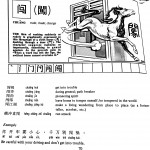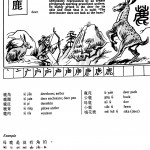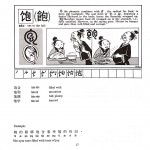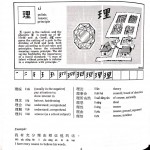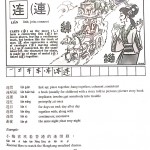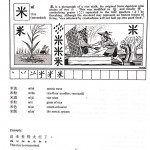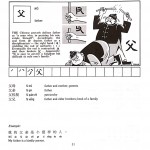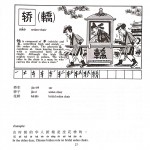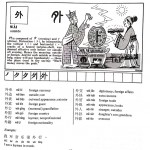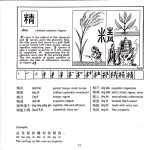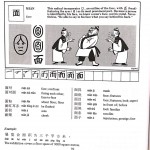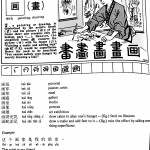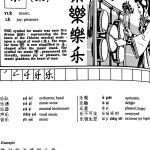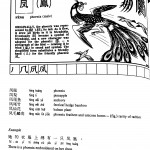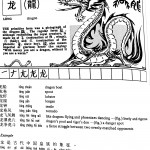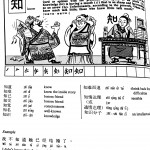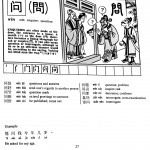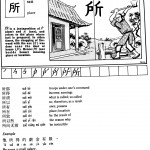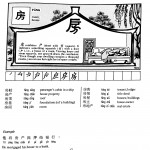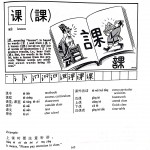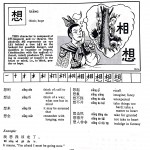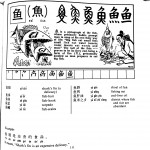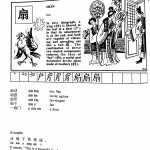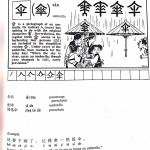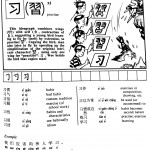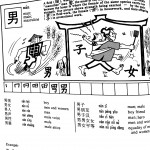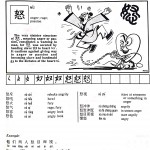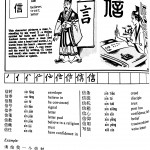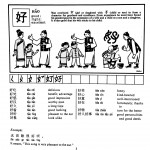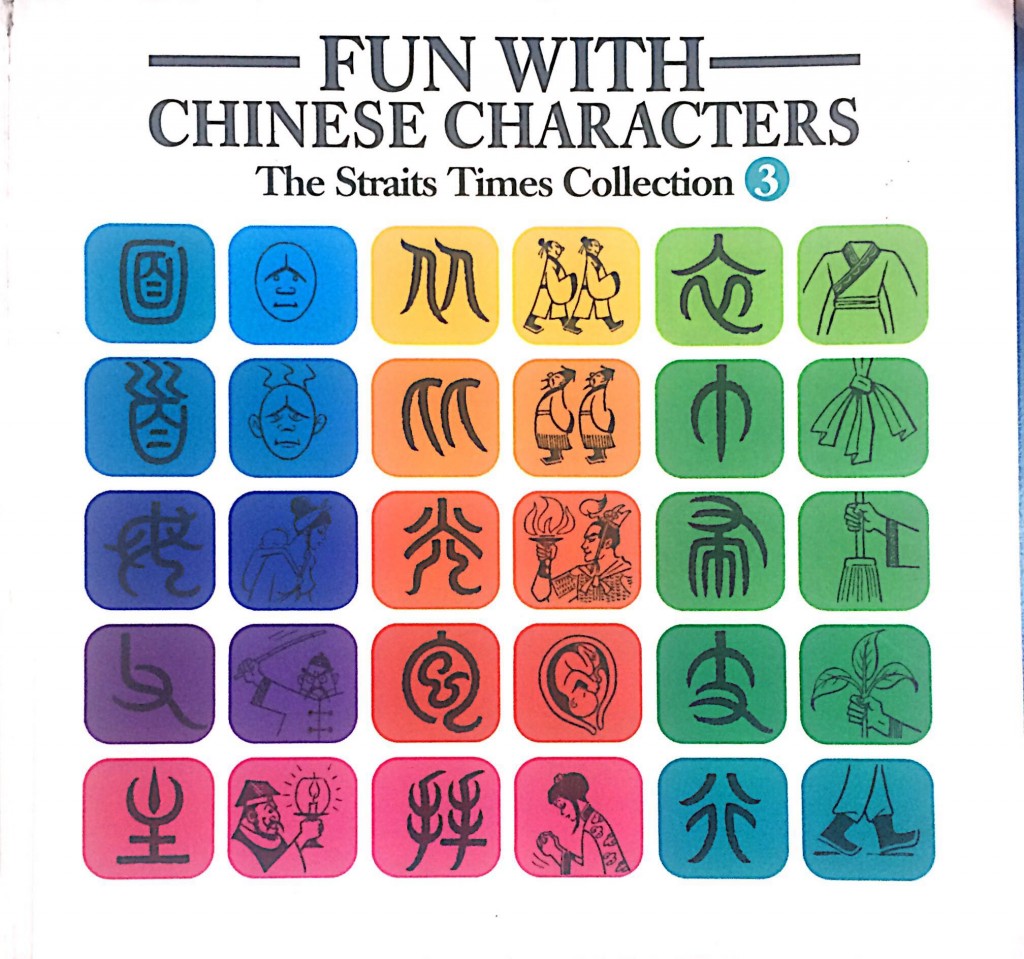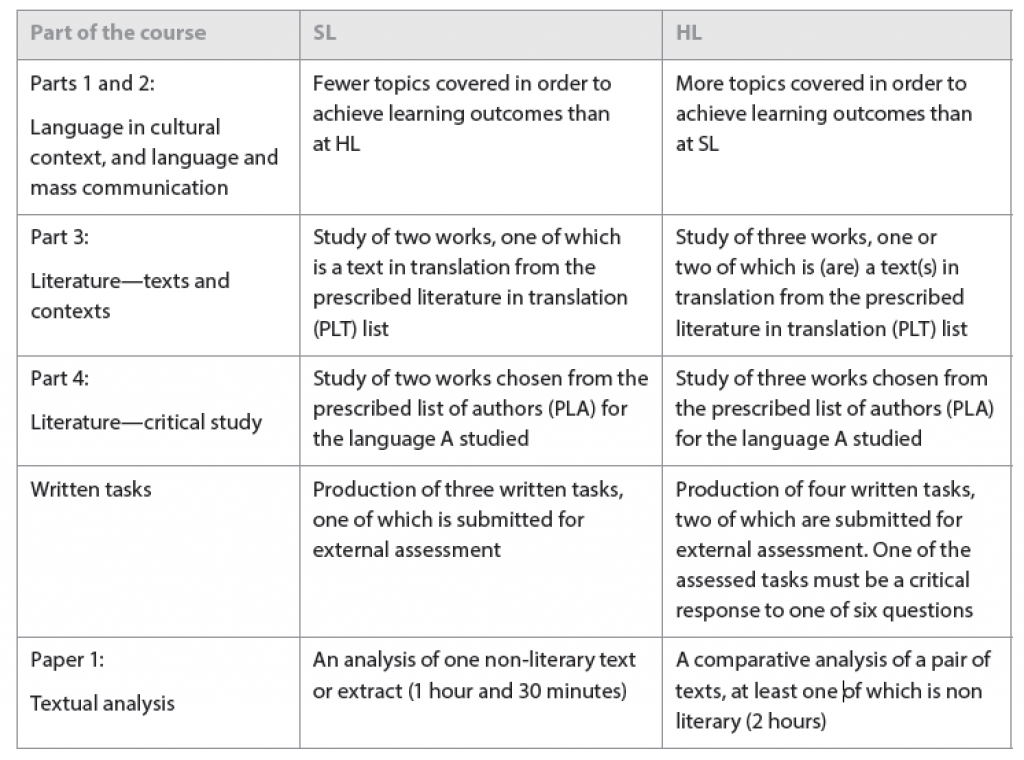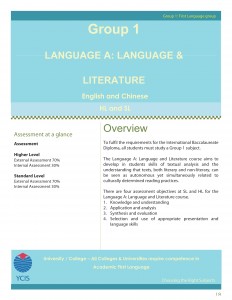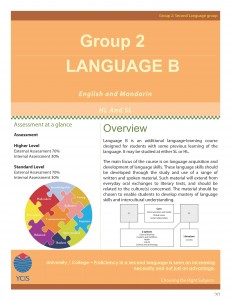Monthly Archives: November 2015
Chinese Characters 汉字
Chinese written characters are fascinating in their ingenuity and originality. The earliest form of Chinese writing was pictographic – stylized pictures of objects. Graphic symbols supplemented pictographs to represent simple abstract thoughts. Later, for transmitting complex ideas, ideographs were created from already existing simple characters, conveying ideas by juxtaposition of interchangeable elements. To meet the demand for thousands of new characters, the Chinese resorted to phonetic or harmonic writing, relying on the radical for the sense and the phonetic for the sound.
- 酒
- 闯
- 鹿
- 饱
- 理
- 连
- 米
- 食
- 车
- 帝
- 父
- 轿
- 帽
- 外
- 夜
- 精
- 面
- 喜
- 住
- 画
- 学
- 乐
- 风
- 凤
- 龙
- 马
- 知
- 宝
- 问
- 所
- 房
- 爱
- 课
- 快
- 想
- 鱼
- 扇
- 伞
- 习
- 云
- 话
- 明
- 男
- 怒
- 信
- 家
- 好
- 女
- 字
If you would like to know more about Chinese characters, you can read “FUN WITH CHINESE CHARACTERS”.
International Baccalaureate Diploma Programme Syllabuses For Chinese
Mandarin ab initio:
The Mandarin ab initio course is organized into three themes.
- Individual and society
- Leisure and work
- Urban and rural environment
Each theme has a list of topics that provide the students with opportunities to practise and explore the language as well as to develop intercultural understanding. Through the development of receptive, productive and interactive skills, students should be able to respond and interact appropriately in a defined range of everyday situations. Each language ab initio course has a language-specific syllabus that is used in conjunction with the guide. Language ab initio is available at SL only.
Prior learning:
The language ab initio course is designed for students with little or no prior experience of the language they wish to study. The most important consideration is that the language ab initio course should be a challenging educational experience for the student.
Click here to download syllabuses: Mandarin Ab initio
Mandarin B:
Mandarin B is an additional language-learning course designed for students with some previous learning of that language. It may be studied at either SL or HL. The main focus of the course is on language acquisition and development of language skills. These language skills should be developed through the study and use of a range of written and spoken material. Such material will extend from everyday oral exchanges to literary texts, and should be related to the culture(s) concerned. The material should be chosen to enable students to develop mastery of language skills and intercultural understanding. It should not be intended solely for the study of specific subject matter or content.
Distinction between SL and HL
Most language B subjects are available at SL and HL. The courses give students the possibility of reaching a high degree of competence in an additional language while exploring the culture(s) where that language is spoken. The courses aim to develop the students’ linguistic competence and intercultural understanding. There is a common syllabus at SL and HL (with literature as an additional component of the HL course). The differences between levels are determined by the assessment objectives, the depth and breadth of syllabus coverage, the assessment details, the assessment criteria, literature coverage and suggested teaching hours.
Prior learning:
Many factors determine the Mandarin B course that a student should take: the student’s best language, the language(s) spoken at home and at school, and any previous knowledge of the language of study. The most important consideration is that the Mandarin B course should be a challenging educational experience for the student, offering not only the opportunity to learn an additional language but also the means of learning, appreciating and effectively interacting in a culture different from the student’s own.
Click here to download syllabuses: Language B Guide- First Examinations 2015
Chinese A: language and literature
Chinese A: language and literature comprises four parts—two relate to the study of language and two to the study of literature. The study of the texts produced in a language is central to an active engagement with language and culture and, by extension, to how we see and understand the world in which we live. A key aim of the language A: language and literature course is to encourage students to question the meaning generated by language and texts, which, it can be argued, is rarely straightforward and unambiguous. Helping students to focus closely on the language of the texts they study and to become aware of the role of each text’s wider context in shaping its meaning is central to the course.
Chinese A: language and literature course aims to develop in students skills of textual analysis and the understanding that texts, both literary and non-literary, can be seen as autonomous yet simultaneously related to culturally determined reading practices. The course is designed to be flexible—teachers have the opportunity to construct it in a way that reflects the interests and concerns that are relevant to their students while developing in students a range of transferable skills. An understanding of the ways in which formal elements are used to create meaning in a text is combined with an exploration of how that meaning is affected by reading practices that are culturally defined and by the circumstances of production and reception.
Distinction between SL and HL:
The distinction between SL and HL is summarized below. In paper 2 there are common questions for both SL and HL, and differentiation is achieved through the use of different assessment criteria. Internal assessment tasks and criteria are the same at SL and at HL.
Prior learning:
There are no formal requirements for students undertaking the group 1 courses. Students who take these courses will often have varied language profiles and may be multilingual. While it is recommended that students have had experience of writing critical essays about texts, not having done so should not exclude them from studying language A. Each course offers the opportunity for continued language development and the acquisition of a range of skills including, for example, textual analysis and the expression of literary appreciation. The choice of the specific group 1 course will depend on the students’ and teacher’s interests and the students’ future educational plans.
Click here to download syllabuses: Chinese Language and Literature Guideline-2015
Cambridge IGCSE Syllabuses for Chinese
IGCSE Mandarin Chinese:
Cambridge IGCSE Mandarin Chinese encourages learners to develop lifelong skills, including:
- the ability to use a foreign language as a means of practical communication
- insight into the culture and civilisation of countries where the language is spoken
- a positive attitude towards language learning, towards the speakers of other languages, and towards other cultures and civilisations
- techniques which can be applied to other areas of learning, such as analysis and memory skills
- a sound foundation for progression to employment or further study.
Click here to download syllabuses:Cambridge IGCSE Mandarin Chinese 0547 syllabus for 2020-2021
IGCSE Chinese as a Second Language:
Cambridge IGCSE Chinese as a Second Language offers learners the opportunity to develop practical communication skills in listening, speaking, reading and writing.
Learners will be presented with a variety of stimuli that will build up their skills in reading and writing. They will learn to select relevant details, understand the difference between what is directly stated and implied, and practise writing for different purposes and audiences. Learners will listen to a range of spoken material, including talks and conversations, in order to develop listening skills. In both written and spoken Chinese, learners will be able to respond to factual information as well as abstract ideas. Learners will engage in conversations on a variety of topics, and develop their skills in expressing their viewpoints with a degree of accuracy and clarity.
Cambridge IGCSE Chinese as a Second Language will enable learners to become independent users of Chinese and to use Chinese to communicate effectively in a variety of practical contexts.
The aims are to enable students to:
- develop the ability to use Chinese effectively for the purpose of practical communication
- form a sound foundation for the skills required for further study or employment using Chinese as the medium
- develop an awareness of the nature of language and language-learning skills
- promote learners’ personal development.
Click here to download syllabuses: Cambridge IGCSE Chinese as a Second Language 0523 syllabus for 2020, 2021 and 2022
IGCSE First Language Chinese syllabus:
Cambridge IGCSE First Language Chinese is designed for learners whose mother tongue is Chinese. The course allows learners to:
- develop the ability to communicate clearly, accurately and effectively when writing
- learn how to use a wide range of vocabulary and correct grammar, character formation and punctuation
- develop a personal style and an awareness of the audience being addressed.
Learners are also encouraged to read widely, including classical texts, both for their own enjoyment and to further their awareness of the ways in which Chinese can be used. Cambridge IGCSE First Language Chinese also develops more general analysis and communication skills such as synthesis, inference and the ability to order facts and present opinions effectively.
Cambridge IGCSE First Language qualifications are accepted by universities and employers as proof of knowledge and understanding of a language.
Click here to download syllabuses: Cambridge IGCSE First Language Chinese 0509 syllabus for 2020, 2021 and 2022.




